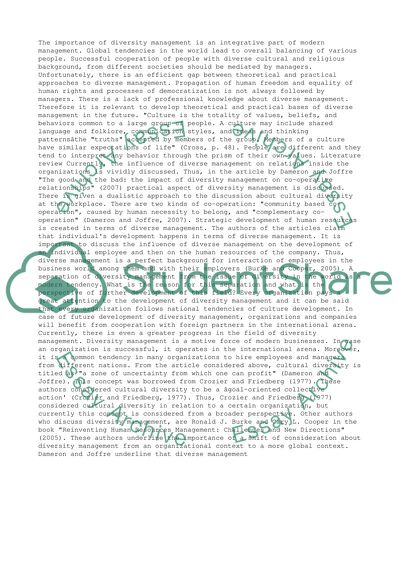Cite this document
(“What should be the future of 'diversity-management' Essay”, n.d.)
Retrieved from https://studentshare.org/management/1412036-what-should-be-the-future-of-diversity-management
Retrieved from https://studentshare.org/management/1412036-what-should-be-the-future-of-diversity-management
(What Should Be the Future of 'Diversity-management' Essay)
https://studentshare.org/management/1412036-what-should-be-the-future-of-diversity-management.
https://studentshare.org/management/1412036-what-should-be-the-future-of-diversity-management.
“What Should Be the Future of 'Diversity-management' Essay”, n.d. https://studentshare.org/management/1412036-what-should-be-the-future-of-diversity-management.


